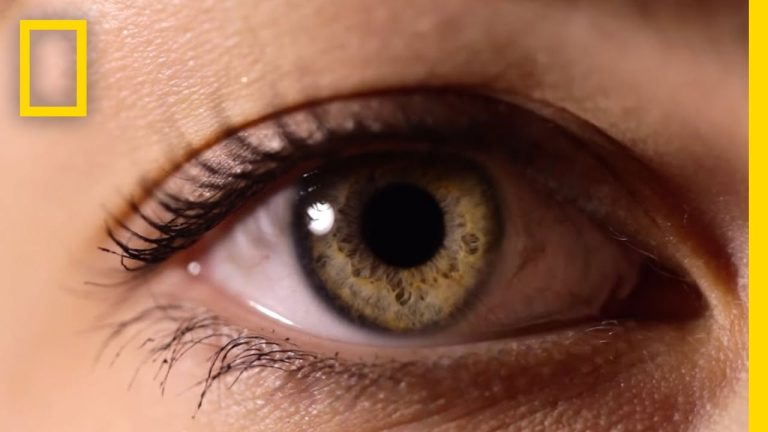Managing Dry Eye Syndrome with the Best Optical Care Products: A Comprehensive Guide
Dry eye syndrome is a common eye condition that occurs when the eyes are unable to produce enough tears or produce poor quality tears to keep the eye lubricated. This can result in discomfort, irritation, and even vision difficulties. The condition can be mild, causing only occasional inconvenience, or severe, leading to chronic eye problems.
If you suffer from dry eye syndrome, it’s important to seek guidance from your eye doctor, who can advise you on the best course of action to take. In the meantime, here are some things to keep in mind that can help you manage this condition.
Symptoms of Dry Eye Syndrome
The symptoms of dry eye syndrome can be subtle or severe, depending on the extent of the condition. Common symptoms include:
- Stinging or burning of the eye
- Feeling as though there is something in your eye
- Red or itchy eyes
- Difficulty wearing contact lenses
- Sensitivity to light
- Blurred or fluctuating vision
If you experience any of these symptoms, it’s important to speak to your eye doctor as soon as possible.
Causes of Dry Eye Syndrome
There are many factors that can contribute to dry eye syndrome. Some of the most common include:
- Age: As we get older, our eyes become less efficient at producing tears.
- Hormonal changes: Women who are experiencing menopause or who are pregnant may be more susceptible to the condition.
- Medical conditions: Certain medical conditions, such as diabetes or rheumatoid arthritis, can cause dry eye syndrome.
- Environmental factors: Spending extensive amounts of time in front of a computer screen or in a dry, windy environment can lead to dry eyes.
- Medications: Certain medications, such as antihistamines, can contribute to dry eye syndrome.
Treatment Options for Dry Eye Syndrome
While there is no cure for dry eye syndrome, there are several treatment options available to help manage the condition. Your eye doctor may recommend:
- Artificial tears: These over-the-counter drops can help keep your eyes lubricated.
- Punctal plugs: These small devices are inserted into the tear ducts to help keep tears from draining too quickly.
- Prescription eyedrops: In some cases, prescription medications may be necessary to help manage the symptoms of dry eye syndrome.
- Blinking exercises: These exercises can be helpful in teaching you how to properly blink, which can help keep your eyes lubricated.
- Lifestyle changes: Simple changes such as taking breaks from your computer screen or using a humidifier can help improve symptoms.
The Importance of Managing Dry Eye Syndrome
While dry eye syndrome may seem like a minor irritation, it can lead to more serious eye problems if left untreated. In severe cases, it can even lead to vision loss. That’s why it’s important to speak to your eye doctor about any symptoms you may be experiencing and to follow their recommended course of treatment.
By taking steps to manage your dry eye syndrome, you can improve your comfort and safeguard your vision for the future.
Contents
Most wanted in Hoya Vision:
Hoya Lens Engravings
Which lens is better Alcon or Johnson and Johnson?
What’s the rarest eye color?
What brand lenses does Costco use?
Legacy Eye Care Llc
Should eyeglasses cover eyebrows?
What do you call glasses that turn dark in the sun?
Hoya Sensity Vs Transitions Xtractive
Wide Corridor Progressive Lenses
What’s the difference between 1.5 and 1.6 lenses?
















